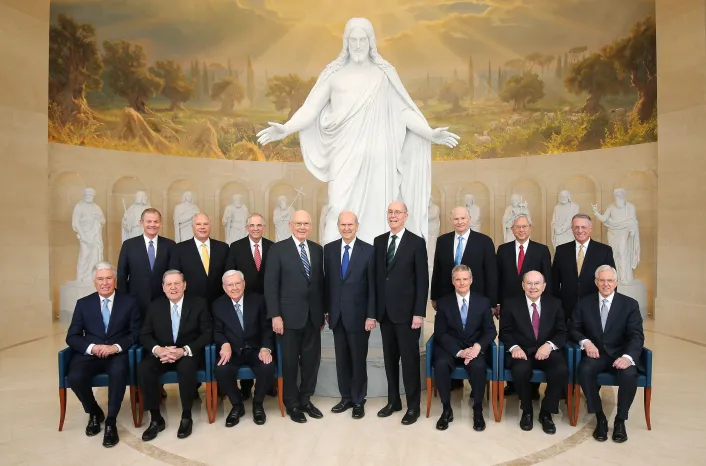The Quorum of the Twelve Apostles is a governing body in The Church of Jesus Christ of Latter-day Saints (often referred to as the LDS Church or Mormon Church). These twelve men are called to be special witnesses of Jesus Christ and hold a unique position in the Church’s leadership hierarchy. One aspect that often piques interest is the seniority system among these apostles. Let’s delve into this topic and list the current apostles by their seniority as of December 12, 2023.
Why Seniority Matters
In the LDS Church, seniority among the apostles is determined by the date of their ordination into the Quorum of the Twelve. This seniority system plays a crucial role, especially when it comes to succession in the Church’s presidency. When the current prophet and president of the Church passes away, the apostle with the most seniority, typically the longest-serving member of the Quorum, is set apart as the new president.
LDS Apostles by Seniority (as of December 26, 2025)
- President Dallin H. Oaks – Apostle since May 3, 1984 (41 years)
- President Jeffrey R. Holland – Apostle since June 23, 1994 (31 years)
- President Henry B. Eyring – Apostle since April 1, 1995 (30 years)
- Elder Dieter F. Uchtdorf – Apostle since October 2, 2004 (21 years)
- Elder David A. Bednar – Apostle since October 7, 2004 (21 years)
- Elder Quentin L. Cook – Apostle since October 6, 2007 (18 years)
- Elder D. Todd Christofferson – Apostle since April 5, 2008 (17 years)
- Elder Neil L. Andersen – Apostle since April 4, 2009 (16 years)
- Elder Ronald A. Rasband – Apostle since October 3, 2015 (10 years)
- Elder Gary E. Stevenson – Apostle since October 3, 2015 (10 years)
- Elder Dale G. Renlund – Apostle since October 3, 2015 (10 years)
- Elder Gerrit W. Gong – Apostle since March 31, 2018 (7 years)
- Elder Ulisses Soares – Apostle since March 31, 2018 (7 years)
- Elder Patrick Kearon – Apostle since December 7, 2023 (2 years)
- Elder Gérald Caussé – Apostle since November 6, 2025 (Lass than 1 year)
The seniority system among the LDS apostles is not just a matter of tradition but is deeply rooted in the Church’s doctrine and governance structure. It ensures a smooth transition of leadership and provides continuity in guiding the Church forward. As members and interested observers watch the apostles serve in their capacities, understanding this order of seniority offers a clearer perspective on the roles, responsibilities, and the future leadership of the Church.
